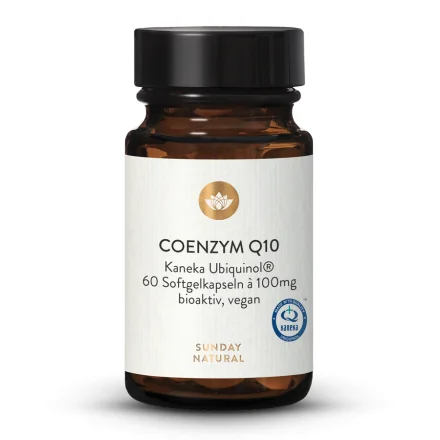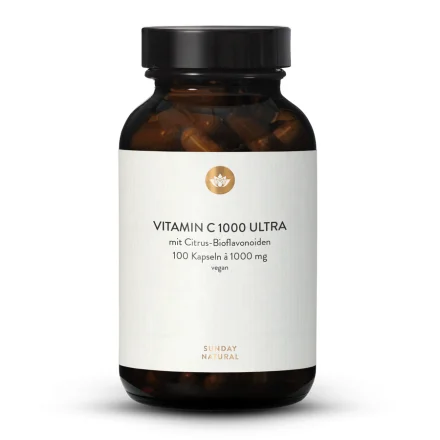Original Pycnogenol®: A Unique Active Ingredient Complex
Backed by over 40 years of research, more than 160 published clinical studies and a remarkable 420 scientific articles, Pycnogenol® is not only the most extensively researched OPC preparation but also one of the best-documented food supplements. In addition to oligomeric procyanidins (OPCs), this high-quality pine bark extract contains taxifolin, catechins and a variety of organic acids, together forming a unique complex which lessens the need for high dosages. Note: the Pycnogenol® website offers its own dosage calculator.
Pycnogenol® and Professor Jack Masquelier
In 1948, French pharmacologist Dr. Jack Masquelier (1922–2009) discovered a novel group of polyphenols in peanut skins. This group was initially called pycnogenols but later on became known as oligomeric procyanidins (OPC). The name Pycnogenol® is now a registered trademark.
OPC
OPCs (oligomeric proanthocyanidins) are a type of flavonol consisting of catechin and epicatechin polymers. Proanthocyanidins are among nature’s most powerful antioxidants and are found in a wide range of fruits and plants, including in the seeds and skins of grapes as well as in berries, citrus fruits and the protective bark layer of trees.
Proanthocyanidins are categorised in terms of their units: e.g. monomers have one unit and dimers have two. The exact definition of OPC is somewhat fuzzy—depending on interpretation, only di- to tetramers, di- to pentamers or di- to hexamers are considered OPCs (sometimes even all proanthocyanidins except monomers are considered OPCs).
For a long time, the only oligomeric proanthocyanidins considered bioactive were dimers and trimers, i.e. oligomers with 2 and 3 units. However, increasing doubts have resulted in a new appreciation for the complex relationship between all parts of grape seed extracts. Both pine bark and grape seeds contain large amounts of OPC, each with a different spectrum of proanthocyanidins.
Vitamin C
Each capsule also contains 300mg of vitamin C. This vitamin is naturally occuring in pine bark, grapes and other sources of oligomeric proanthocyanidins. OPCs are not particularly bioavailable, so combining them with vitamin C can be very helpful.
According to the European Food Safety Authority (EFSA), vitamin C contributes to:
- The reduction of tiredness and fatigue
- Normal cognitive function
- The regeneration of the reduced form of vitamin E
- Normal energy metabolism
- Normal immune system function
- The normal function of the nervous system
- Protecting cells against oxidative stress
- Normal collagen formation for normal blood vessel function
- Normal collagen formation for normal bone function
- Normal collagen formation for normal cartilage function
- Normal collagen formation for normal dental function
- Normal collagen formation for normal gum function
- Normal collagen formation for normal skin function
- Iron absorption
- Maintaining normal immune system function both during and after intense physical activity

































